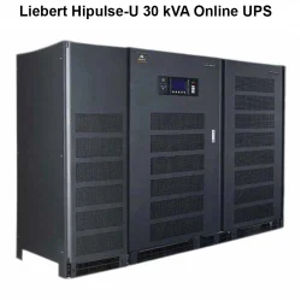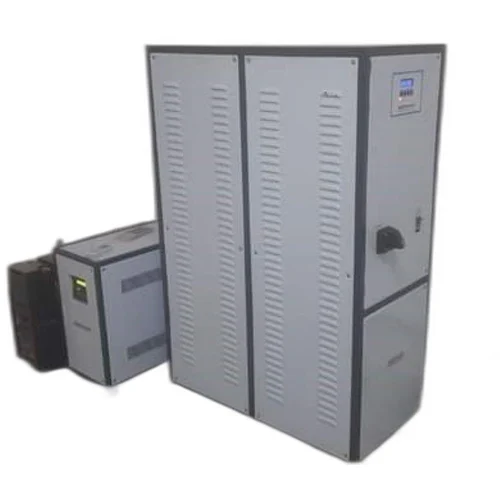Amaron Quanta 12V 18Ah Battery
The Amaron Quanta 12V 18Ah is a type of sealed lead-acid (SLA) battery, commonly used for backup power applications, such as in UPS systems, inverters, and other critical power supply systems. Here's a detailed breakdown of its specifications and features:
1. General Overview
Brand: Amaron Quanta
Battery Type: Sealed Lead-Acid (SLA) Battery
Voltage: 12 Volts (V)
Capacity: 18 Ampere-Hours (Ah)
2. Key Features
Longer Battery Life: Amaron Quanta batteries are designed for long-lasting performance and high reliability. They typically offer a good lifespan, especially in applications with a low depth of discharge (DOD).
Maintenance-Free: The battery is sealed, so it doesn’t require regular maintenance (e.g., adding water).
Vibration Resistance: These batteries are designed to withstand vibrations, making them ideal for use in environments like telecoms, solar power, and UPS systems.
Wide Operating Temperature: They can operate in a wide range of temperatures, typically from 0°C to 40°C, making them versatile for use in different climates.
3. Technical Specifications
Voltage: 12V (Nominal)
Capacity: 18Ah (Ampere-Hours)
Dimensions:
Length: 181 mm
Width: 77 mm
Height: 167 mm
Weight: Around 5.2 to 5.5 kg (varies slightly based on exact model)
Charge Voltage: 14.4V to 15.0V (during charging)
Discharge Voltage: Typically 10.5V to 11.0V for complete discharge
Self-discharge: Less than 3% per month at 25°C
4. Applications
UPS Systems: The 12V 18Ah battery is widely used in smaller uninterruptible power supplies (UPS) for providing backup power to sensitive electronics.
Inverters: It can also be used in small-scale inverters to provide backup power to homes or offices.
Telecommunications: In telecom applications, these batteries can be used for backup power to critical network equipment.
Solar Energy Storage: Sometimes used in small-scale solar energy systems for storing energy for use during off-sunlight hours.
5. Battery Design Features
Valve Regulated Lead-Acid (VRLA): The Amaron Quanta battery uses VRLA technology, which means the battery is sealed and uses a valve to release gas in case of overpressure.
Deep Cycle: Designed for regular deep discharge cycles, making it suitable for power backup applications where batteries frequently discharge.
Absorbent Glass Mat (AGM): Some models use AGM technology, where the electrolyte is absorbed in a fiberglass mat, allowing the battery to be spill-proof and leak-proof.
6. Charge/Discharge Characteristics
Charging: Amaron Quanta batteries typically use a constant voltage charge, with a float charge voltage of around 13.5V to 13.8V.
Discharge: The battery can typically discharge down to around 10.5V under load, but frequent deep discharges can reduce the battery's overall lifespan.
7. Advantages
Longer Service Life: Typically offers a long life when maintained and used properly, making it a cost-effective option for long-term use.
Reliable Performance: Known for reliability in maintaining charge over time, especially in demanding environments.
Environmentally Friendly: Sealed and maintenance-free design minimizes risks associated with acid leakage and spills.
8. Maintenance
Maintenance-Free Design: As mentioned, the battery is sealed, so it doesn't require regular maintenance like adding distilled water. However, regular inspection for corrosion on terminals and proper charge maintenance is recommended.
Charging Recommendations: Always charge the battery in accordance with the manufacturer’s recommendations. Overcharging or undercharging can significantly reduce the battery’s lifespan.
9. Warranty
Amaron Quanta batteries often come with a warranty that covers defects in material or workmanship, which typically lasts for 1 to 2 years depending on the seller and country-specific terms.
10. Compatibility
Compatible Devices: The Amaron Quanta 12V 18Ah battery is commonly used in small UPS systems, solar power applications, and other critical systems where consistent backup power is required.
Charging Systems: Can be used with most standard 12V chargers designed for SLA or AGM batteries.
Conclusion
The Amaron Quanta 12V 18Ah battery is an ideal solution for users looking for a reliable, low-maintenance, and efficient power backup option in smaller systems. It is widely used in UPS systems, inverters, and telecommunications applications where it can provide critical backup power when needed.
Send
Message








